Vietnam
Contributing law firm: YKVN
Contact: Nguyen Van Hai, Partner
Krissen Pillay, Counsel

ESG in APAC - Vietnam by YKVN
Please click on the podcast above for a snapshot of the three key themes of ESG reporting, transition planning and greenwashing risks in respect of Vietnam. Scroll down for further information on each key theme.
A. ESG Reporting
1. Are there legal or regulatory requirements for companies to make ESG disclosures in your jurisdiction?
Yes. ESG disclosures are governed by legislation applicable to specific regimes, principally environmental laws and corporate governance laws.
2. What are the key legislative and regulatory sources for ESG disclosure requirements and to whom do they apply?
Circular 96 requires that certain companies make public disclosures in respect of the environment and society, including in connection with GHG emissions, resource management, energy consumption, water consumption, compliance with laws on environmental protection, policies related to employees and responsibility to the local community.[1]
These disclosures are essentially imposed on public companies (whether listed or not), companies that publicly offer or have corporate bonds listed and securities companies.
Decree 47 requires state-owned enterprises to publicly report on the performance of public interest tasks assigned to them (in terms of a plan or bidding), including the following information:[2]
(a) Responsibility for environmental protection;
(b) Responsibility to contribute to the social community;
(c) Responsibility to suppliers;
(d) Responsibility to ensure the interests and safety of consumers; and
(e) Responsibility to ensure benefits of employees in the enterprise.
Decree 08 requires companies that issue green bonds to make annual public disclosures on the assessment results of environmental benefits of projects that use capital raised from the issuance of green bonds.[3]
Moreover, there are voluntary tools, such as the Vietnam Sustainability Index (whose constituents are the 20 listed companies with the highest sustainability scores on the Ho Chi Minh Stock Exchange). It is implicit that disclosures would be required in order to be included in the index.
3. Are the requirements mandatory or do they apply on a comply-or-explain basis?
Circular 96 and Decree 47 are both mandatory.
4. Which aspects of ESG do the requirements focus upon?
Circular 96 has a general focus on corporate governance, with specific categories skewed more towards environmental than social aspects. Decree 47 has a significant focus on social responsibility.
5. Are the disclosure requirements based on international standards? If so, which one(s)?
The following international standards are common frameworks that have influenced Vietnam’s sustainability reporting requirements as well as relevant guiding documents to varying degrees (though IFRS S1 and IFRS S2 are not featured):
(a) GRI Standards;
(b) International Finance Corporation;
(c) International Integrated Reporting Council;
(d) ISO 26000:2010; and
(e) SASB standards.
6. How do the disclosure requirements approach materiality (e.g. single or double materiality)?
The current regulations of Vietnam, through Circular 96 and Decree 47, can be viewed as adopting an impact materiality approach with certain elements of double materiality.
7. Are there requirements for the disclosure of GHG emissions? If so, please specify the scope (e.g. Scope 1, Scope 2 and/or Scope 3), to whom they apply and whether there are requirements on the measurement methodology.
GHG-emitting establishments are specified in lists issued by the Prime Minister (Specified Establishments) and categorised by sector. These establishments are heavy emitters subject to GHG inventory (every two years) and, in this way, make GHG disclosures (inventory method, operation figures and emissions). Although the lists of Specified Establishments are publicly available, this is not the case for GHG inventory which is disclosed to the Ministry of Natural Resources and Environment (MONRE). The Government is meant to report GHG inventory at national and sector level through the websites of climate change and sector authorities,[4] though these announcements have not yet been made.
Circular 96 (described in section A.2 above) imposes disclosure requirements in respect of GHG emissions, being total direct and indirect GHG emissions and measures and initiatives to reduce GHG emissions (which are public).
8. Are there requirements to obtain independent assurance of any ESG disclosures? If so, what is the scope of such requirements?
No.
9. IFor companies not subject to mandatory or comply-or-explain ESG reporting, are voluntary ESG disclosures customary?
No.
10. Has your jurisdiction issued or adopted a taxonomy on sustainable activities? Is it mandatory and what is its scope of application?
No. In broad terms, there is no taxonomy regime in respect of ESG. However, numerous actors such as the GIZ Macroeconomic Reforms/Green Growth Programme or the Institute of Strategy and Policy on Natural Resources and Environment have been motivating the implementation of such classification. The ASEAN Taxonomy for Sustainable Finance may form a suitable basis and enterprises may adopt this for their voluntary disclosures.
11. Are there plans to adopt or incorporate the ISSB’s IFRS S1 and/or S2 standards? If so, please indicate the extent of alignment, to what extent the standards will be mandatory, to whom they will apply and the timeline.
Vietnam currently follows Vietnam Accounting Standards and not IFRS. The Ministry of Finance plans to apply, on a compulsory basis, IFRS from 2025 in respect of (a) parents of State-owned enterprises, (b) listed companies, (c) large-scale and unlisted public companies, and (d) other large-scale companies.[5]
In so far as IFRS S1 and IFRS S2 are concerned, there is no indication that this will be applied when IFRS is adopted. There has been no formal indication by regulators that reports prepared in compliance with IFRS S1 and IFRS S2 will result in compliance with local disclosure requirements. It is anticipated that guidance would be given at the time.
12. Other upcoming developments / direction of travel
It is expected that reporting will be impacted by the general trajectory of Vietnam towards achieving ESG goals as this would encourage broader ESG participation and disclosure.
External influences include Vietnam’s foreign trade and investment partners. An example of this, from a trade perspective, is the fairly recent EU-Vietnam Free Trade Agreement (EU-VFTA), which encourages trade between the EU and Vietnam and, therefore, disclosure requirements imposed on EU entities would be expected to have an impact on disclosures by their Vietnamese trading partners / exporters, at least to the relevant EU company if not publicly or to any authority.
The EU Carbon Border Adjustment Mechanism is expected to have a similar effect.
Similarly, foreign investors and financiers may have certain requirements imposed on them that would require disclosure by investee companies to these investors and financiers.
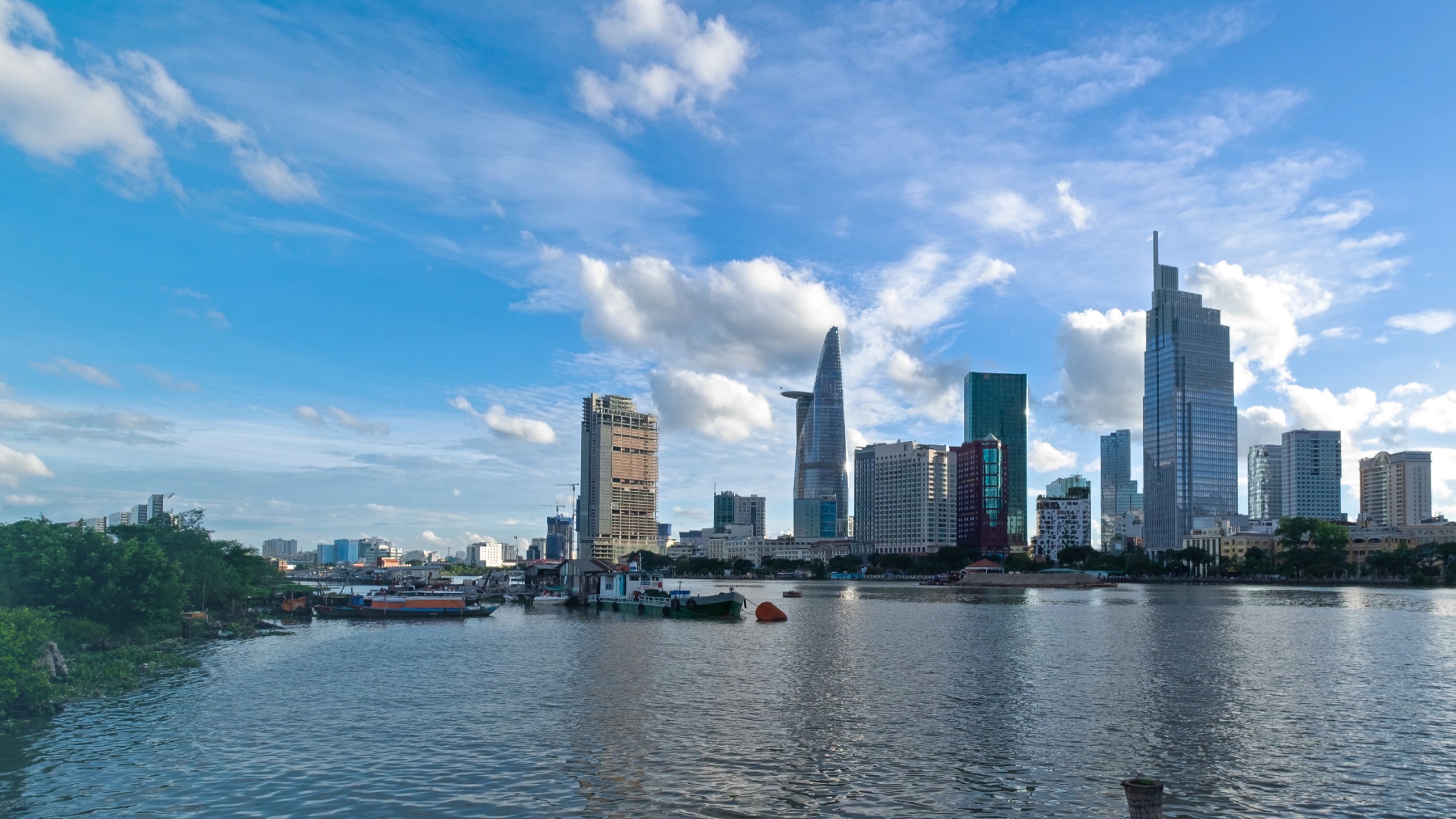
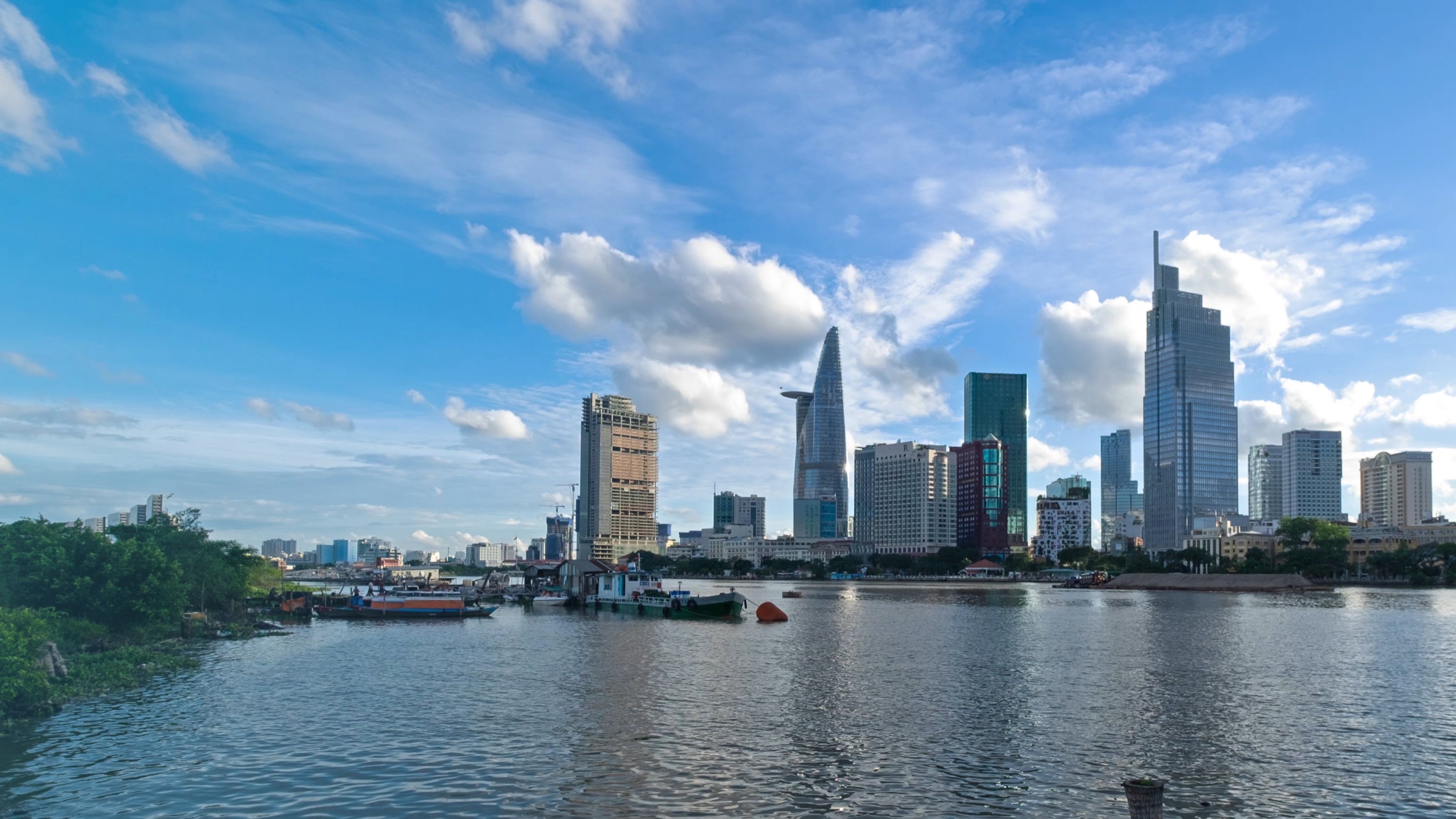
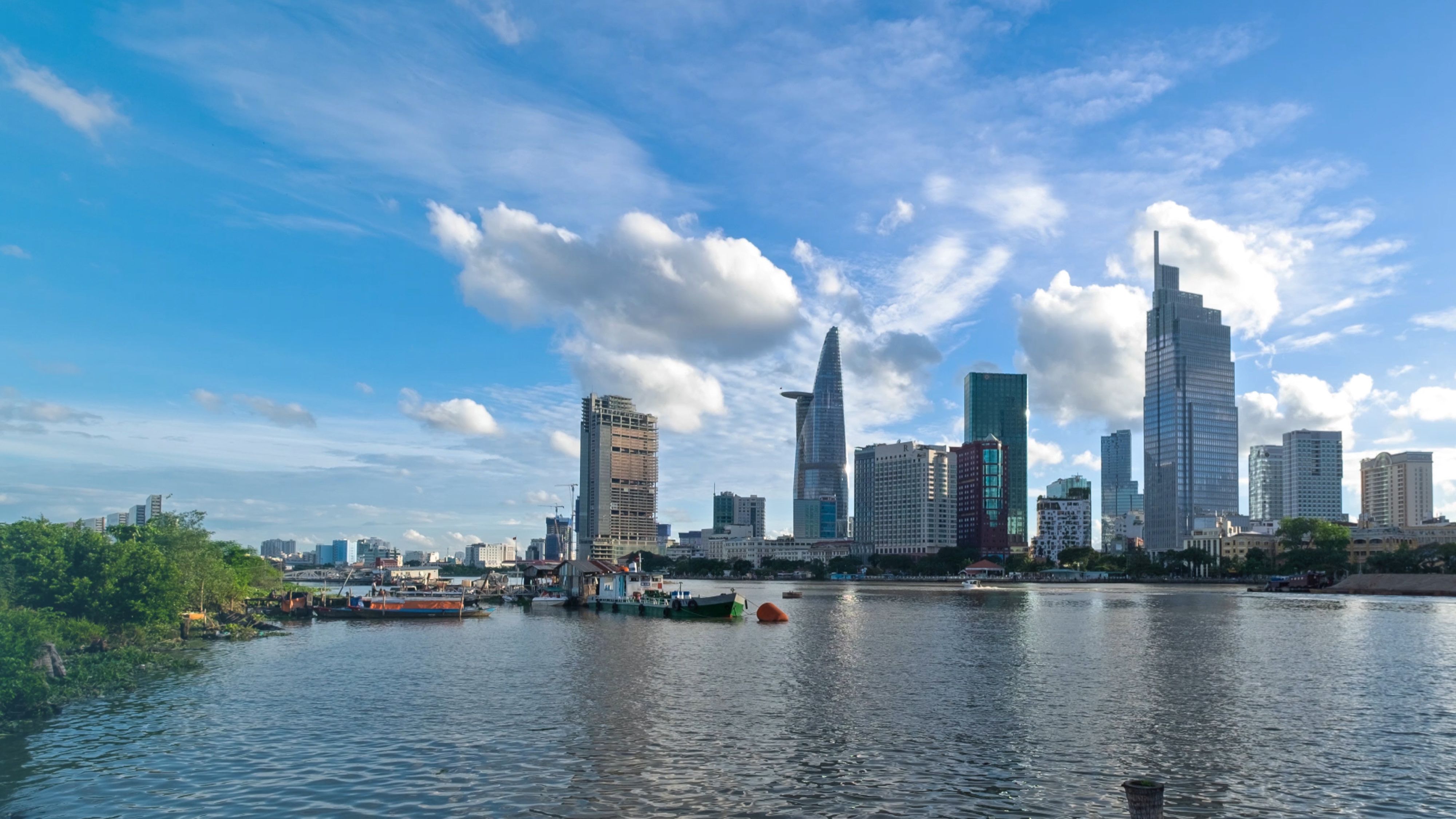

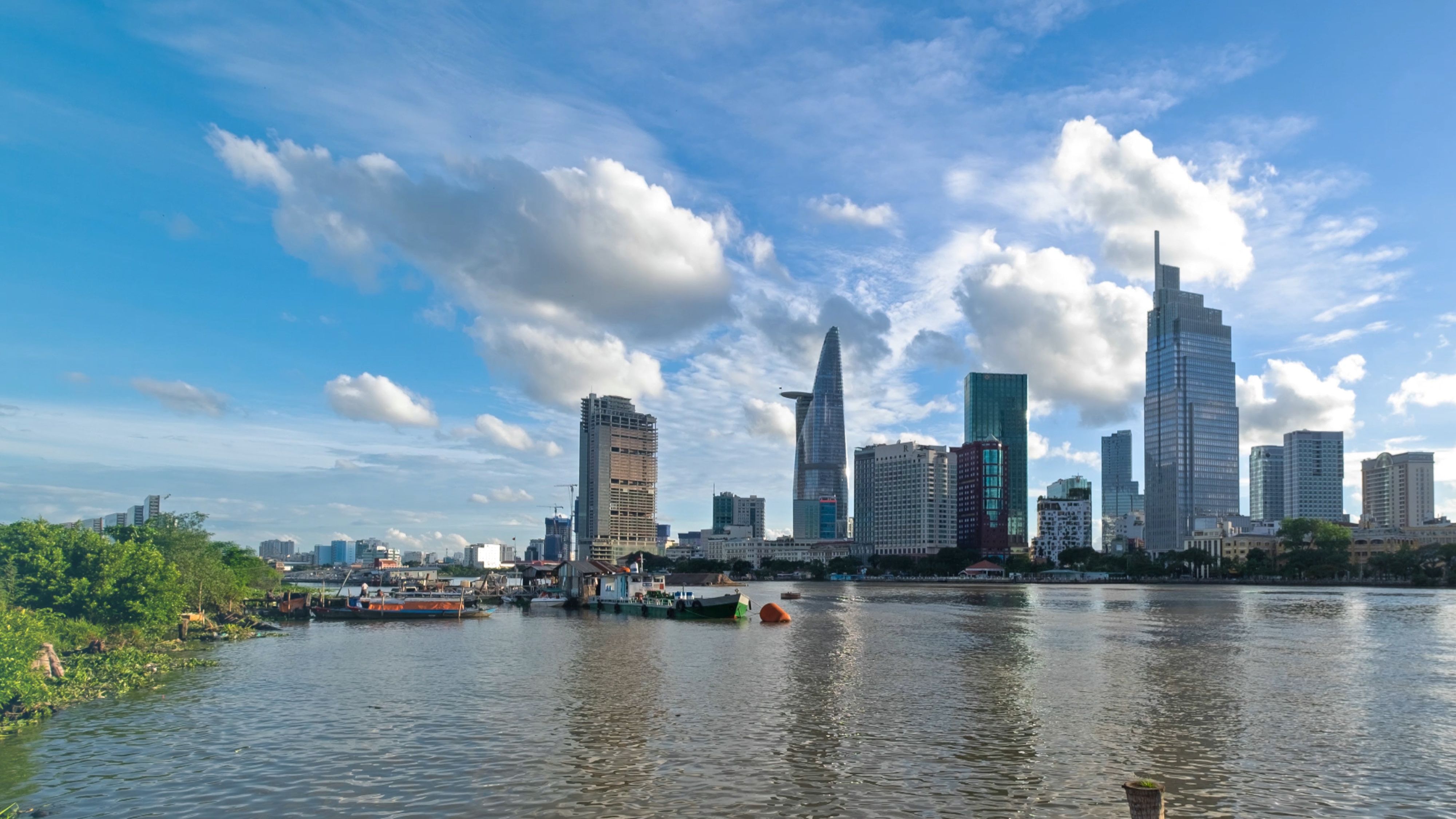
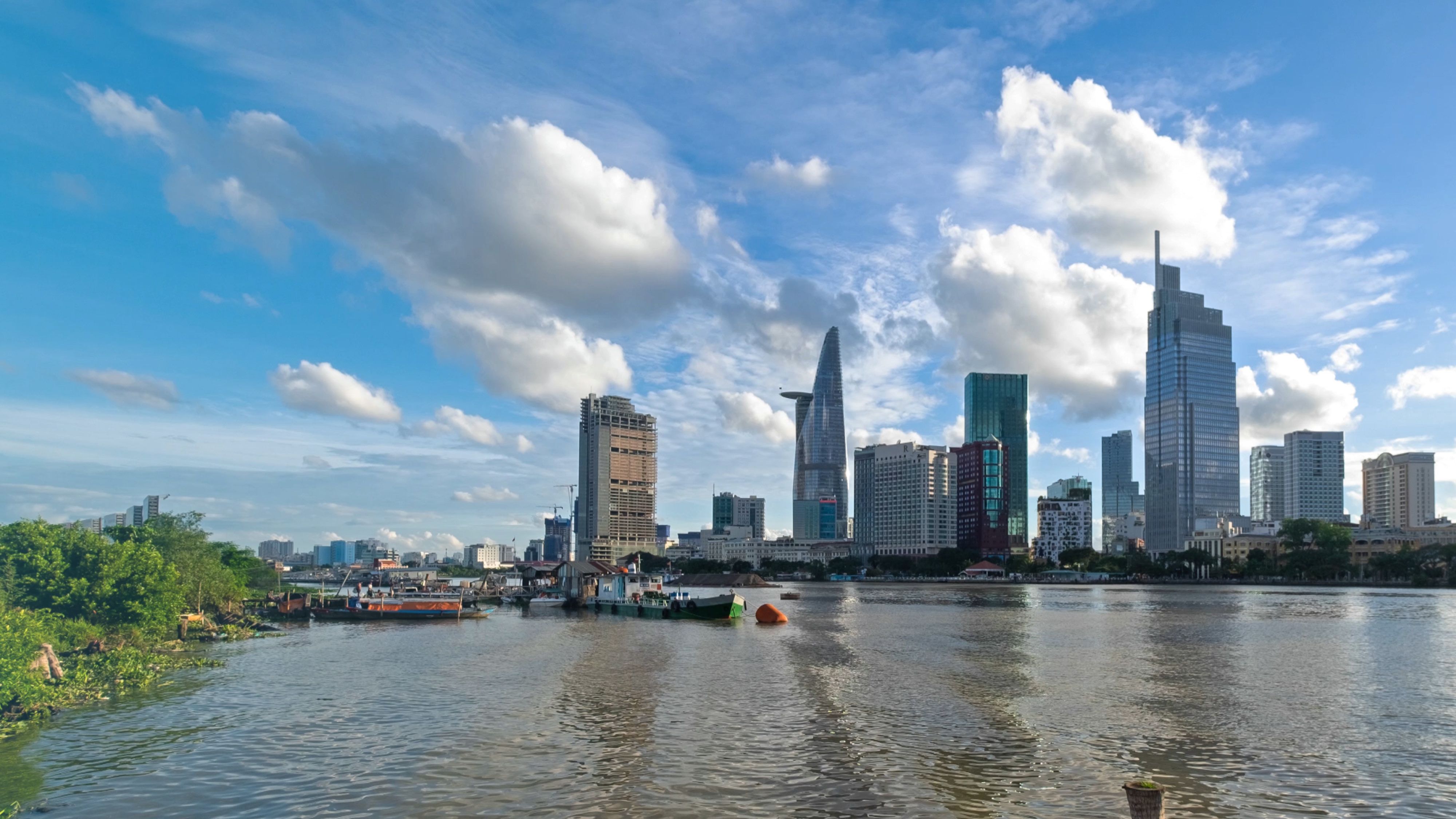
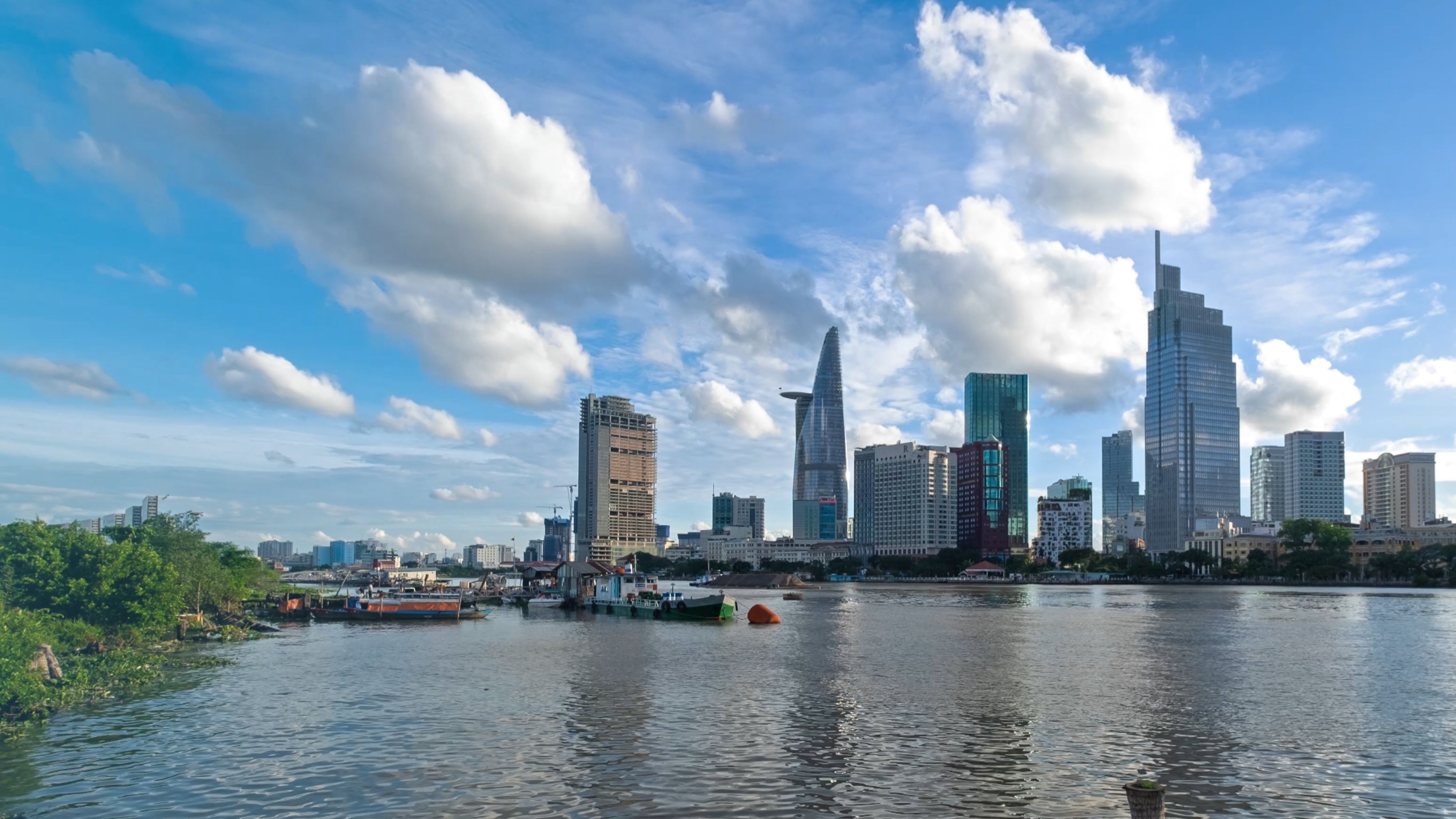
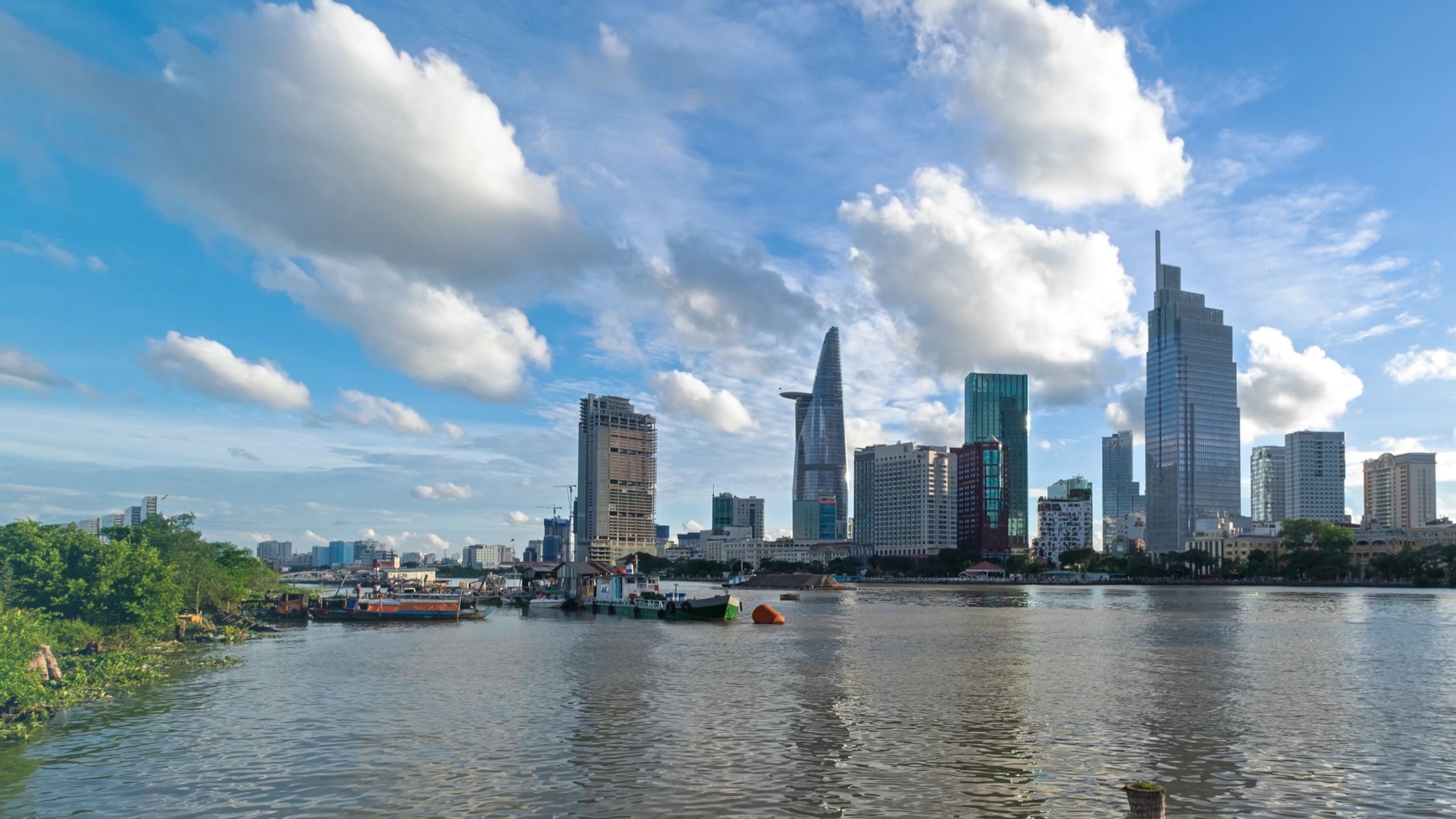
B. Transition planning
1. Has your jurisdiction set decarbonisation targets and strategies?
Yes. At the 26th United Nations Climate Change Conference of the Parties in December 2021, Vietnam set a goal of achieving net zero emissions by 2050.
Various efforts have been undertaken by the Government to achieve this and, notably, in July 2022 the Government issued the National Climate Change Strategy to 2050, under Decision No. 896/QD-TTg dated 26 July 2022 of the Prime Minister, which sets out as a general target that Vietnam will reduce GHG emissions under the goal of net zero emissions by 2050. The specific goals include ensuring that:
(a) by 2030, total national GHG emissions are reduced by 43.5%;
(b) by 2035, emissions peak will be reached; and
(c) by 2050, total national GHG emissions reach a net zero emissions increase.
The National Climate Change Strategy to 2050 sets out the strategies for reducing GHG emissions for each sector. For example, the energy sector promotes clean energy development, economical and efficient energy usage and the use of breakthrough technology solutions.
The Vietnamese Government has also developed Power Development Plan 8 (PDP8) which aims to foster renewable energy projects and reduce GHG emissions. Under PDP8, Vietnam sets a goal, among others, of reducing GHGs caused by electricity production to about 204 - 254 million tonnes from 2030, and to about 27 - 31 million tonnes from 2050. Further, the electricity generation sector must prioritize the construction of projects contributing to reducing GHGs (e.g., biomass, electricity produced from trash, solid waste, cogeneration).[6]
In respect of GHG emissions, in 2023 the Ministry of Industry and Trade also issued Decision No. 947/QD-BCT on approving the Annual Plan for Implementation of Vietnam’s Low Emission Energy Program II, aiming to, among other objectives, reduce GHG emissions in the energy and industrial sectors.[7]
2. Has the government or any regulator in your jurisdiction launched compliance and/or voluntary carbon trading schemes or carbon taxes? If so, please give details. If not, are there plans to do so?
Recently, Vietnam has issued Resolution No. 98/2023/QH15 (National Assembly, 24 June 2023) on the “pilot implementation of particular policies for the development of Ho Chi Minh City” (Resolution 98). Under the pilot scheme, carbon credits from projects funded by the Ho Chi Minh City competent authority can be traded with domestic and international investors. All revenue from these transactions will be allocated to the budget of the relevant competent authority and will be utilised to assist with responses to climate change and sustainable economic development.[8]
Quang Nam Province has been approved by the Government to develop a pilot project on trading forest carbon credits (implemented from 2021 to 2025). Gia Lai Province and Kon Tum Province have each sought approval for similar pilot projects.
Additionally, Vietnam has adopted plans to develop a carbon credit trading market, which will encompass a mandatory ETS together with quality management programs, cleaner production programs and environmental protection programs. Commencing from 2025, Vietnam will pilot a carbon credit exchange with the aim of, by the end of 2027, establishing regulations on carbon credit management, the exchange of GHG emission quotas and carbon credits, and the operational framework for carbon credits. From 2028 onwards, the carbon credit exchange should officially operate with regulations in place to connect the domestic carbon market with regional and global carbon markets.[9] There are no regulations on the mandatory ETS as yet and given that enterprises in (i) industry and trade, (ii) transport, (iii) construction, and (iv) natural resources are subject to GHG inventory,[10] we assume that these may be subject to the mandatory ETS.
Furthermore, Vietnam has joined the following in relation to carbon exchange schemes:
(a) Clean Development Mechanism (CDM): Vietnam has joined the Kyoto Protocol, thereby implementing the CDM and on a gradual basis through various projects. CDM allows countries to sell certified emissions reduction (CER) credits to other countries in order to meet reduction targets set out in the Kyoto Protocol. As of October 2023, Vietnam has 262 CDM projects;
(b) Bilateral Clearing Credit Mechanism (JCM): This is a bilateral arrangement between Vietnam and Japan entered into on July 2013 through a memorandum of understanding on “Low-carbon Growth and Building JCM Joint Credit Mechanism.” Under the JCM, Japanese enterprises consult and transfer energy-saving and emission-reducing technologies to Vietnamese enterprises, and then the amount of CO2 reductions will be calculated for benefit the Japanese enterprises; and
(c) Partners for the Implementation of Carbon Markets (PMI): From 2021–2030, Vietnam will continue to participate in the PMI initiated by the World Bank to form and develop a carbon market.
There has been no development in respect of carbon taxes, which currently do not apply in Vietnam.
3. Are there mandatory requirements for companies to have in place and/or disclose climate-related transition plans? If so, please give details (including whether there is any standard or guidance on transition plans and/or requirement to consider the social impact of the plan). If not, are there plans for such requirements?
The Law on Environment Protection[11] requires Specified Establishments (as mentioned in section A.7) to (a) formulate and implement annual GHG emission reduction plans set by MONRE (though these have not yet been developed), and (b) integrate GHG emission reduction activities with quality management programs, cleaner production programs and environmental protection programs. There are applicable standards and guidance (not requiring social impact assessments). The reduction plan regime includes a reporting mechanism to MONRE, other related ministries and ministerial-level agencies and the provincial People’s Committee, with annual reporting thereafter (which is not public). There are currently no penalties promulgated for failure to meet emission reduction.
For public (and certain other) companies, the annual report required under Circular 96 (see section A.2 above) contains certain disclosure requirements on initiatives to reduce GHG emissions.
Furthermore, enterprises that manufacture products containing or using ozone-depleting substances and/or controlled greenhouse effect substances (as identified by the Government) are obliged to develop an appropriate roadmap to replace and eliminate such substances (in accordance with treaties to which Vietnam is a party).[12]
4. Are there mandatory requirements to set, meet and/or disclose climate-related targets? If so, please give details. If not, are there plans for such requirements?
Yes, see section B.3 above for mandatory requirements for transition and mitigation planning. From 2026 onwards there will be specific quotas for this mitigation planning.
5. Other upcoming developments / direction of travel
The Prime Minister has issued Decision No. 167/QD-TTg approving the “2022-2025 program to support private sector enterprises in sustainable business” with (a) general objectives relating to 17 sustainable development goals by 2030 and (b) specific objectives relating to sustainability awareness. Other notable directives include Decision No. 2068/QD-TTg approving “the development strategy of renewable energy of Vietnam by 2030 with a vision to 2050” and Decision No. 1266/QD-TTg approving “the development strategy of construction materials in Vietnam for the period of 2021 – 2030, with a vision to 2050”. These broader decisions encourage corporate transition planning by impacting the economy as a whole.
Vietnam’s approach is to encourage investment into greenfield and brownfield projects that are in transformative technologies resulting in low GHG emissions as well as encouraging participation in mechanisms and modes of cooperation on lowering GHG emissions.
For private enterprises specializing in sustainable development (i.e., circular economy model, inclusive business model), Vietnam has developed a program of mechanisms and support in terms of technology, intellectual property, digital transformation solutions, finance and similar areas.[13] Specifically, regarding financial support, competent Vietnamese authorities must research and develop financial and credit products and services for these enterprises as well as launch an information platform connecting sustainable enterprises with credit institutions and investors. [14] It is expected that sustainable enterprises will be entitled to certain incentives in raising capital for their sustainable projects and business activities, though financial support has only been planned for the initial period of 2022 – 2025 with further support subject to future policy. Although there is, admittedly, a lack of clarity in practice this illustrates a positive intention.
Apart from the State, market participants have been placing increased focus on ESG with media attention on those companies making positive strides. There is a growing corporate culture of setting ESG goals.
External influence by way of Vietnam’s trading and investment partners will increasingly affect the local market, driven by requirements of their home jurisdiction as well as voluntary positions adopted. Foreign investors are placing greater emphasis on investee companies transitioning. As described in section A.5 above, the EU-VFTA is an example in connection with trade.

C. Greenwashing risks
1. Are there any recent examples of legal proceedings, regulatory actions or investigations against or into greenwashing in your jurisdiction?
No. There have, in the past, been incidences of greenwashing which had sparked public anger. However, there have not been any recent direct proceedings.
2. Are there any laws or regulations specifically dealing with greenwashing?
Vietnam has not adopted laws or regulations specifically dealing with greenwashing, but the Law on Competition, [15] Law on Advertising,[16] Law on Protection of Consumer’s Benefits, [17] Law on Securities [18] and the Penal Code [19] regulate false information about products or the enterprise itself. The Civil Code [20] allows for claims by those suffering harm.
3. What are the likely grounds on which such proceedings, actions or investigations can be instigated?
The above-mentioned principal laws would allow for proceedings, actions or investigations to be instituted based on false claims.
There is an intersection with corporate governance in the sense that directors could be liable for failure to adhere to their duties.
Where there is harm suffered, compensation for damages could also be another ground.
4. Other upcoming developments / direction of travel
The Vietnamese Government has gravitated towards greater focus on sustainable development and ESG. Market participants, including a growing consumer middle class, are also more concerned with ESG. It is therefore expected that there will be greater scrutiny of greenwashing. The needs of trade partners and foreign investors are also expected to play a role.

This material is provided for general information only. It does not constitute legal or other professional advice.
